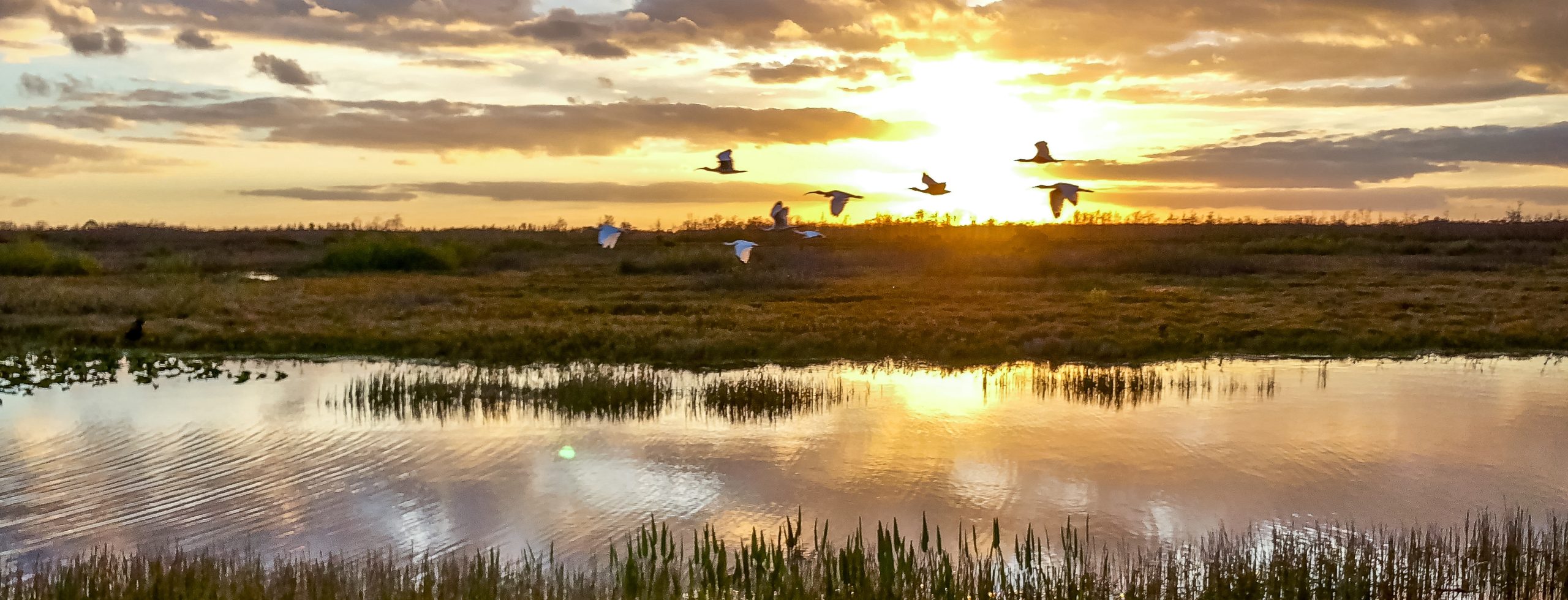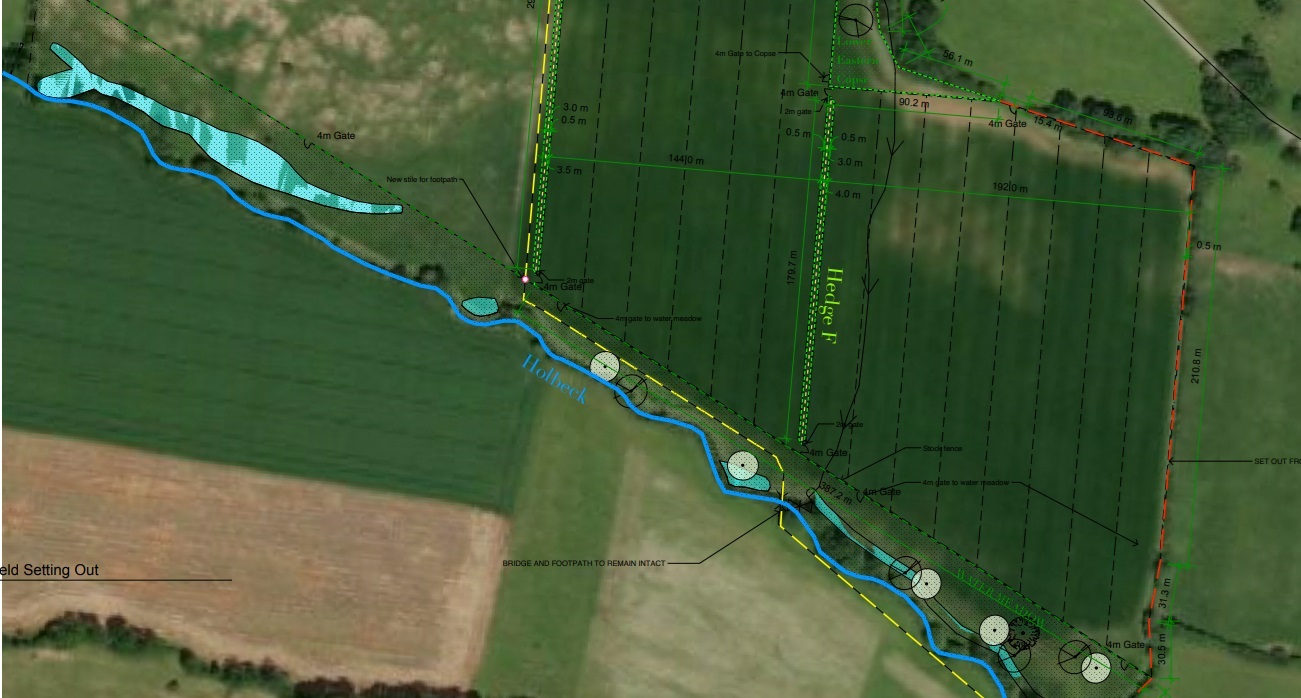Bisca’s Richard McLane Begins Legacy Wetlands Project In Beautiful Ryedale Village
Several meetings have today taken place upstream of the small village of Gilling East, preparing to kick start a ‘legacy wetlands project’ which will run alongside the Holbeck watercourse. The working farm upon which it is situated has gained funding of £88,000 from local government schemes offered by both the Howardian Hills National Landscape and Ryevitalise.

The proposed wetlands will be made up of two larger lakes and several smaller ponds dotted between, spanning over 1 kilometre of land at Lodgefield Farm; home to Lindsay and Sarah McLane for more than fifty years. The project will incorporate new fencing and around 1 kilometre of mixed hedging which is being reinstated – working towards the farm’s plans to become a fully regenerative operation. Lindsay recounts;
“Still a working farm of livestock and sheep, we have worked with the AONB and Ryevitalise over an extended period to create a diverse and nature friendly farmed environment. The land along the Holbeck has become more prone to flooding due to the increased frequency of extreme weather events and so the wetlands have been designed to alleviate flooding risk of properties and land downstream, along the River Rye and beyond,”
Works will begin on Wednesday 18th September – the project is being led and backed by business owner Richard McLane of local firm, Bisca which celebrates its 30th anniversary in 2024. This project follows numerous other local environmental initiatives supported by Bisca’s shareholders, including a large solar panel installation; hedgelaying and nature restoration events; the planting of two new woodland areas; a mixed fruit tree orchard; and reinstating over 2km of native mixed hedgerows.
Why We Need These Wetlands
As well as reducing flood risk – the wetlands bring multiple benefits including the potential for both conserving and enhancing biodiversity and wildlife living in the surrounding area; protecting against climate change, flooding and droughts; and supporting the health and well-being of local people and tourists.

With 40% of the world’s plants and animals depending on wetland areas, it is expected that Gilling’s new wetlands park and water meadows will bring over 100 new wildlife species to the landscape. Furthermore, given wetland areas are also one of the planet’s most effective carbon sinks, the conservation project will play an important role in slowing down climate change.
The application process for securing funding has brought together an experienced team of specialists – the starting point being for Richard to work in close partnership with his trusted planner and architectural designer Richard Sabey, who has specified drawings of the wetlands layout. Other key stakeholders to the project include:
EnviroCentre have been appointed to project manage the scheduled works
Wilf Noble of Whitby will be doing most of the landscaping works
Standeven will be taking care of installing 580 metres of new fencing
Castle Howard and Rogers of Pickering will be supplying circa 700 native mixed hedging and trees to be planted
Land Energy of Scotland has delivered 50 tonnes of bark mulch
One hundred tree guards will be supplied by Cactus Tree Guards
The National Footpath Authority will define boundaries and create signage
What You Can Expect To See…
Next week, old and damaged fencing will be removed from the area and the digging of areas marked out for the lakes and ponds will commence. Inflow channels from the Holbeck will be created to relieve the pressure of water flow during periods of heavy rainfall and the space will begin to return to its original state.

“This area has always retained water after high rainfall and historic mapping of our farm suggests a beck ran across the field which has subsequently been canalised.This project is not just a wetlands project – it is the restoration of an ancient habitat which will allow the land to work in the way it did naturally, hundreds of years ago. We have been offered a generous amount of funding which reinforces the value it will bring to our area. Not only are the environmental benefits plain to see – the new wildlife we attract and the enhanced biodiversity we create, will become a tranquil place for the public to observe and enjoy, within the beautiful Howardian Hills landscape,” Richard concludes.
The project is set to be completed by March 2025.









